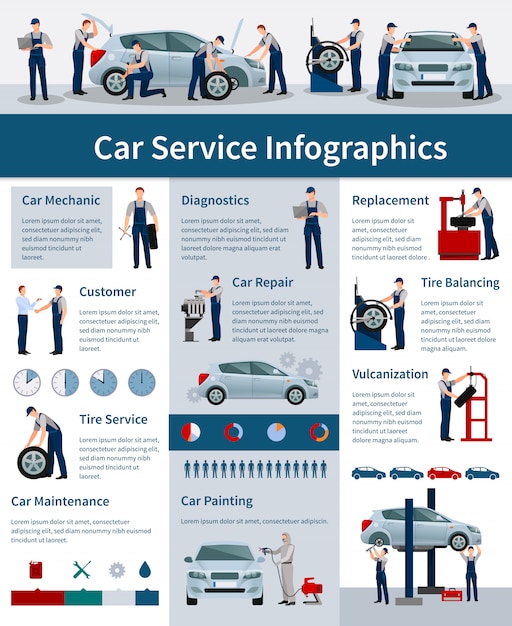Understanding The Importance Of Your Car'S Warning Signals: What They Really Stand For
Understanding The Importance Of Your Car'S Warning Signals: What They Really Stand For
Blog Article
car cleaning products auckland Created By-Termansen Torres
When you're behind the wheel, those glowing warning lights on your control panel can be a little bit bewildering. Do you understand what they're trying to inform you about your car's health and wellness? Recognizing the significance of these lights is crucial for your safety and the longevity of your automobile. So, the next time among those lights turns up, wouldn't you wish to decode its message properly and take the necessary steps to address it?
Common Caution Lighting and Interpretations
Determine common warning lights in your auto and comprehend their meanings to ensure safe driving.
One of the most typical caution lights consist of the check engine light, which signifies problems with the engine or emissions system. If this light comes on, it's important to have your lorry checked immediately.
The oil stress warning light shows low oil pressure, calling for prompt focus to avoid engine damages.
A flashing battery light could suggest a faulty charging system, potentially leaving you stranded if not dealt with.
The tire stress surveillance system (TPMS) light signals you to low tire pressure, affecting vehicle stability and gas performance. Disregarding this might lead to dangerous driving problems.
The abdominal muscle light shows a trouble with the anti-lock stopping system, compromising your capability to quit rapidly in emergency situations.
Last but not least, the coolant temperature level advising light warns of engine overheating, which can lead to extreme damage otherwise resolved swiftly.
Understanding these typical warning lights will certainly help you address problems quickly and maintain safe driving problems.
Significance of Prompt Attention
Comprehending the typical warning lights in your car is only the first step; the importance of promptly dealing with these cautions can not be emphasized sufficient to ensure your safety and security when driving.
When a warning light illuminates on your dashboard, it's your automobile's method of connecting a potential issue that needs interest. Overlooking these cautions can bring about much more severe issues in the future, jeopardizing your security and potentially costing you more in repairs.
https://www.army.mil/article/257999/cash_lane_to_close_at_expressway_tollbooth_near_camp_zama to advising lights can stop break downs and crashes. As just click the next site , a flashing check engine light might indicate a misfire that, if left ignored, could cause damage to the catalytic converter. Addressing this immediately can conserve you from a pricey repair work.
Similarly, a brake system cautioning light could signal reduced brake liquid or used brake pads, vital elements for your safety and security when driving.
Do It Yourself Troubleshooting Tips
If you discover a warning light on your dashboard, there are a couple of do it yourself troubleshooting suggestions you can attempt before seeking expert help.
The first step is to consult your cars and truck's handbook to recognize what the certain caution light shows. Occasionally the problem can be as straightforward as a loose gas cap triggering the check engine light. Tightening up the gas cap might settle the issue.
An additional usual problem is a low battery, which can set off different cautioning lights. Checking the battery links for rust and guaranteeing they're safe could fix the issue.
If a warning light lingers, you can attempt resetting it by detaching the car's battery for a couple of minutes and then reconnecting it. Additionally, inspecting your automobile's fluid levels, such as oil, coolant, and brake liquid, can aid repair cautioning lights associated with these systems.
why not check here
To conclude, understanding your automobile's warning lights is crucial for keeping your car running efficiently and securely. By immediately addressing these notifies and knowing what they mean, you can avoid pricey fixings and possible malfunctions.
Keep in mind to consult your auto's handbook for specific information on each cautioning light and act appropriately to make sure a hassle-free driving experience.
Remain notified, remain risk-free when driving!
